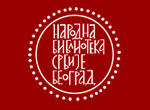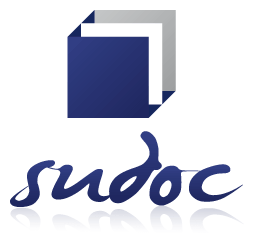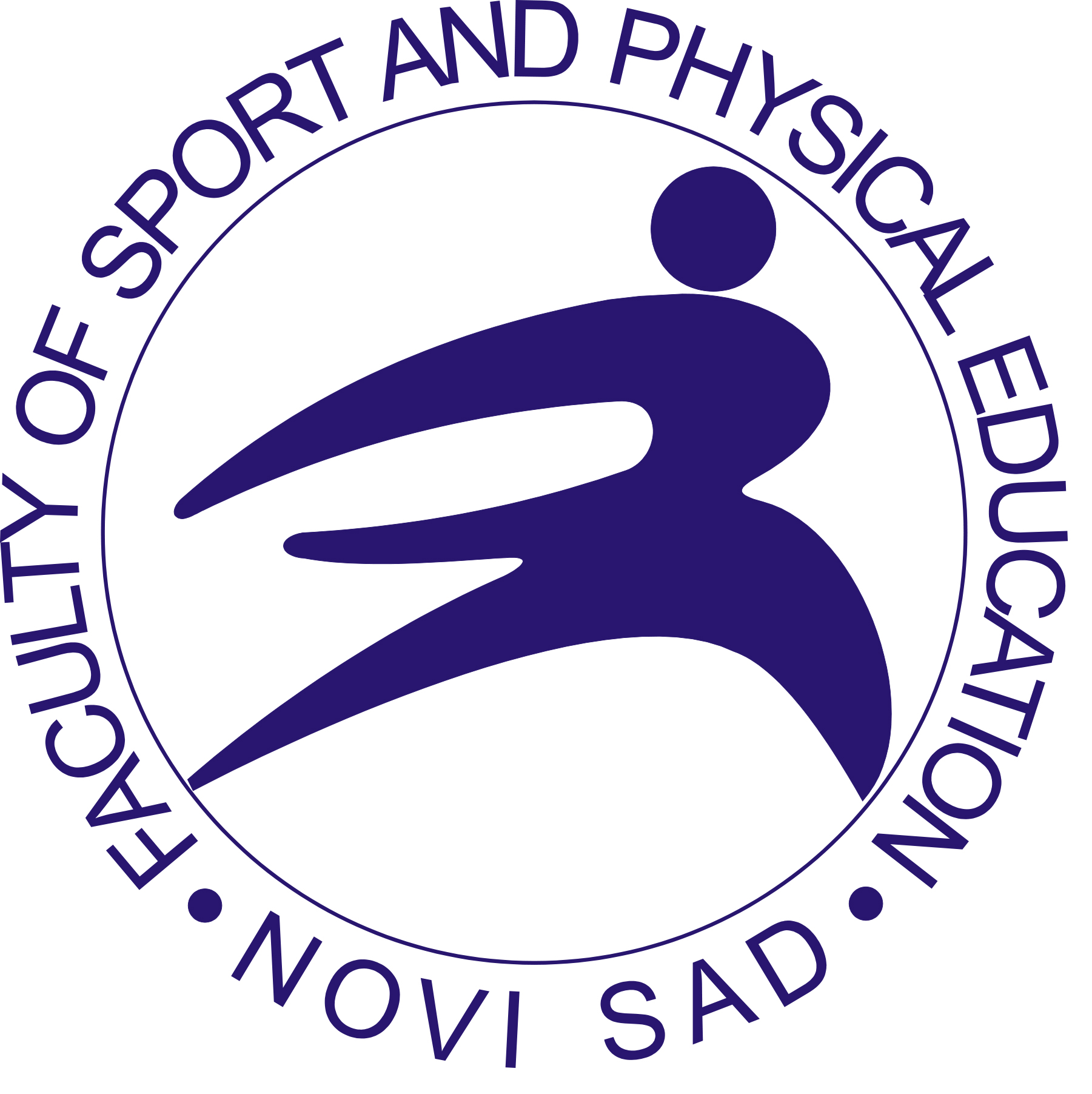Current issue

Volume 18, Issue 1, 2026
Online ISSN: 2406-1379
ISSN: 1821-3480
Volume 18 , Issue 1, (2026)
Published: 17.12.2025.
Open Access
Online First is a feature that enables the publication of final revised articles online before their inclusion in a printed issue. This accelerates the dissemination of research findings and ensures that your authors' work reaches the audience promptly.
Articles published through Online First are assigned a DOI upon their online posting. They should be cited as follows:
Author(s). Title of the article. Exercise and Quality of Life. Advance online publication. DOI:10.31382/xxxx
After assignment to a final issue, citations can include the volume and page numbers in addition to the DOI.
Once articles are allocated to a specific issue, their hosting transitions from the Online First page to the main journal archive. The DOI ensures persistent accessibility.
Citations to Online First articles are counted toward the journal's Impact Factor if other indexing criteria are met. This promotes earlier engagement with the published work.
Online First articles are considered final but not definitive until assigned to a specific issue. Errors identified in the online version can be corrected before the final issue publication.
All issues
Contents
23.01.2025.
Original scientific paper
Acute effects of half-marathon and aronia juice on lipid and hematological parameters, muscle function and oxidative status in male runners
The present cross-over study investigated whether a half-marathon race might impose changes in lipid profile, muscle function, hematological parameters, and oxidative status in 10 amateur male runners and whether polyphenol-rich aronia juice may counteract these potential alterations.
Subjects (age 30.8 ± 2.3 years) ran a simulated half-marathon race (21.1 km), after they had consumed breakfast with 200 mL of aronia juice/placebo on two occasions separated by one week. Blood samples were taken at baseline, 15 min, 1 h, and 24 h after the run.
Results revealed a significant increase in the levels of total, LDL cholesterol, and triglycerides immediately after the run (by 6.97%, 9.23%, and 38.46%, respectively), which tended to return to the baseline values after 24 hours. The activity of lactate dehydrogenase increased significantly after the race and started decreasing 24h after the race, still being 16.18% higher compared with the baseline. The run induced a marked increase in total number of leukocytes, and granulocytes, with an eventual return to the baseline levels.
The obtained results suggest that a half-marathon run is intense enough to cause lipid mobilization, muscle damage and compromise the immune response in recreational male runners. Acute aronia juice intake was not sufficient to attenuate the observed changes.
Ana Pantović, Vuk Stevanović, Irena Krga, Marija Takić, Nevena Vidović
02.04.2025.
Original scientific paper
Enhancing quality of life through physical exercise in a patient with triple lumbar disc herniation: A longitudinal case study
Lumbar disc herniation, a growing condition, significantly impacts work productivity, mental health, and quality of life. It alters functional movement patterns and causes improper compensatory body positioning, leading to muscle dysfunction. Physical exercise is a key treatment for chronic cases. This case study examined a 37-year-old male with moderate triple lumbar disc herniation and degenerative disc changes at L3-L4, L4-L5, and L5-S1. The subject followed a 10-week home-based exercise program performed 4 to 5 times weekly for 45 minutes per session. The program consisted of variations of body-weight exercises, supplemented with additional equipment, and progressively increased in intensity and volume, targeting hip joint mobility and strengthening of deep back, abdominal, and thigh muscles. Initial and final assessments included the Pain Detect test, the Short Form Health Survey-36 on quality of life, Manual Muscle Testing (MMT), Functional Movement Screen (FMS), and body composition analysis. Questionnaires indicated significant pain reduction and improvements in physical condition and psychosocial well-being. MMT improved from 4 to 5, FMS from 2 to 3, and body composition showed positive changes: weight (+1.5%), body water (+3.4%), skeletal muscle (+2.8%), and body fat (-6.6%). The subject reported substantial pain reduction, improved physical condition and psychosocial well-being, as well as enhanced muscle strength, functional movement patterns, and body composition. This case study highlights the program’s effectiveness in treating lumbar disc herniation and enhancing quality of life. Additionally, the program is suitable for preventing lumbar disc herniation and improving overall quality of life in the broader population.
Kristina Randow de Almeida, Marko Kapeleti, Vuk Stevanović, Vladimir Mrdaković, Marija Macura
11.12.2022.
Original scientific paper
Chokeberry juice affects membrane lipid status and cellular antioxidant enzymes in healthy women with aerobic training activity
The present study examined the effects of aerobic training alone or combined with chokeberry juice on membrane lipid status and activities of antioxidant enzymes in non-athlete women. Participants were randomly assigned into the training group performing aerobic training three times per week; the chokeberry-training group followed the same training regime and additionally consumed 100 ml of chokeberry juice per day and the control group neither trained nor consumed the juice. Blood samples were collected at baseline and the end of the eight-week-long intervention. Membrane fatty acids’ composition was analyzed by gas-liquid chromatography, while the activities of antioxidant enzymes were measured by spectrophotometry. As a result, the n-3 fatty acids’ content was significantly higher in the chokeberry-training (median (interquartile range) of 5.96 (1.65) %) compared with the control group (5.12 (0.87) %), while saturated fatty acids’ content was lower in the chokeberry-training (40.14±1.19 %) than in the training group (42.59±2.29 %). We detected significantly higher activity of superoxide dismutase in the training (2224 (2170) U/gHb) compared with the chokeberry-training (1252 (734) U/gHb) and control group (1397 (475) U/gHb). Our study indicates that supplementation with chokeberry juice may induce favorable changes in cell fatty acid composition and antioxidant response in women performing aerobic training.
Nevena Vidović, Ana Pantović, Vuk Stevanović, Ivana Šarac, Kristina Robal, Stevan Stevanović, Maria Glibetic























